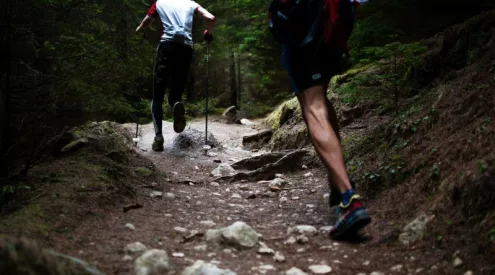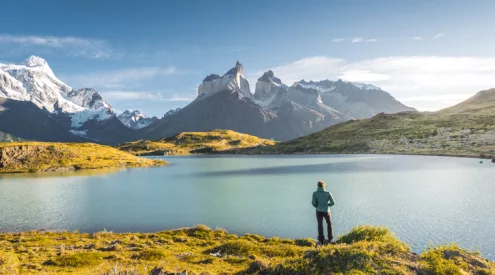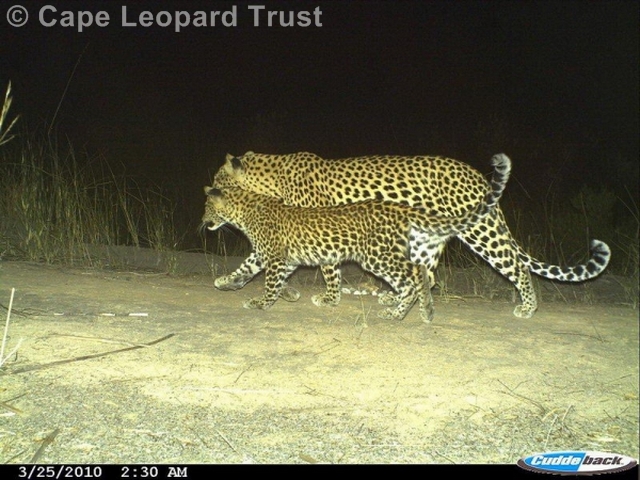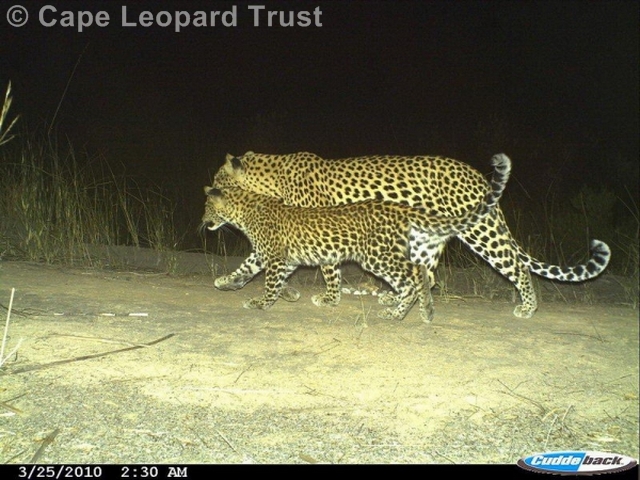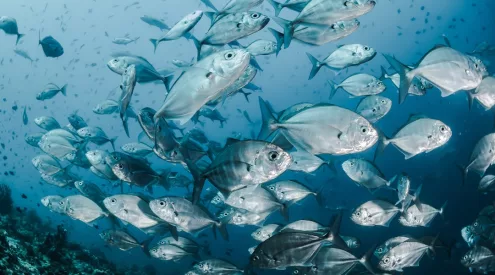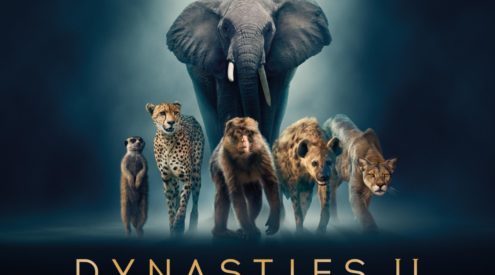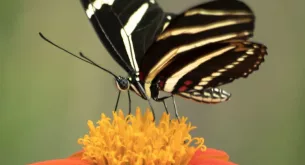There is so much about the leopard which sets it apart from its ‘big cat’ cousins, most notably its incredibly elusive nature and the seemingly impenetrable shroud of mystery surrounding its ecology. That in mind, I had mixed feelings when I read about the leopard carcass found off a busy road just outside of Johannesburg just under a month ago.
According to a recent article, the sub-adult male was discovered by a local resident near a construction site off Hendrik Potgieter road in Roodepoort. After being transported to a local veterinary clinic, the Endangered Wildlife Trust (EWT) was called in to perform an autopsy. There were no external signs of trauma and the cause of death was in fact pneumonia. The autopsy also revealed an empty stomach save for a small amount of roadkill – he hadn’t eaten for some days and was probably on the main road trying to scavenge what he could to survive.
The heartbreaking facts of the case combined with the knowledge that the leopard is a near threatened species immediately conjured feelings of despair. For the better part of the last two centuries the leopard has been relentlessly persecuted by humans. African leopards were once found widely across central and eastern parts of the continent, but today the only healthy populations are limited to sub-Saharan Africa.
Reasons for this are diverse. Farmers have and continue to set snares and shoot on sight, viewing leopards as vermin due to potential attacks on livestock. In South Africa, provincial bodies continue to issue hunting permits for predator control. Although traps are set mainly for jackals and caracals, they often end up killing threatened species such as leopard and Cape fox. While the use of traps for threatened and protected species is prohibited, it’s ridiculous to think a snare can differentiate between animals.
More disturbingly, leopard can still be legally hunted and killed in some parts of the continent – sadly, leopard is considered by sport hunters as trophy game. The skin is also a prized commodity on the black market. In addition to this, continuous human expansion threatens the habitat of the leopard – incredibly, these wild cats can have a territory of up to 1,000km² and they are not limited to protected areas due to their ability to navigate over game boundaries and fences.
Despite the very dark implications the story of the Roodepoort leopard holds for the future of the species, there seems to be some silver lining. If he had not died, we would not have known he was in the area at all – the ability to live virtually unnoticed is one of the incredible characteristics of the leopard, and something that has played a vital role in its survival. Due to this characteristic, and unlike other large cat predators, the leopard has managed to survive unaided in the wild, despite continuous persecution. Lions, for example were completely wiped out in certain areas of Africa during the colonial era, and have only in the last few decades been re-introduced into fenced-in and protected areas.
Despite their elusive nature, free-roaming leopards continue to survive and are occasionally spotted in various parts of South Africa. There are a number of organisations that support and are involved in the conservation of these leopards including NGOs, as well as both private and public game reserves. However, a lot more research on the ecology of the leopard is needed to be able to make informed decisions on their conservation – very little is known even on their actual population status.
One such organisation is the Cape Leopard Trust which is currently researching Cape Leopard in the Cederberg Mountains. Although as yet there is no evidence to suggest the Cape Leopard is a separate sub-species, they are much smaller than leopards found elsewhere (about half the mass). Sadly, this specific population of leopard are considered far more threatened due to their low densities, large territories and limited habitats.

To date 30-35 adult leopards have been found in the 3,000km² study area and the Cape Leopard Trust project has most recently expanded to the Gouritz Corridor and Boland Mountains. Most admirably and rightly so, priority is also placed on education and resolution of human-wildlife conflicts.
Sightings of the Cape Leopard have been made as far as Baviaanskloof and Lower Albany Area in the Eastern Cape. Open Africa partner, Kariega Game Reserve is located in the Albany area and has had a number of such sightings. They are currently investigating the population status as well as the role of the reserve as a key refuge habitat, as the leopard continues to face persecution from local farmers.
My hope is that organisations such the Cape Leopard Trust continue to grow and be supported by the public as well as by private and public land owners, whether that land is conservation-orientated or not. The end of course is a place where the leopard is respected and there is enough data to take meaningful conservation action. Until then I will take solace in the fact that the mystery of the leopard may be the one thing that has, and will hopefully continue to ensure its survival.



